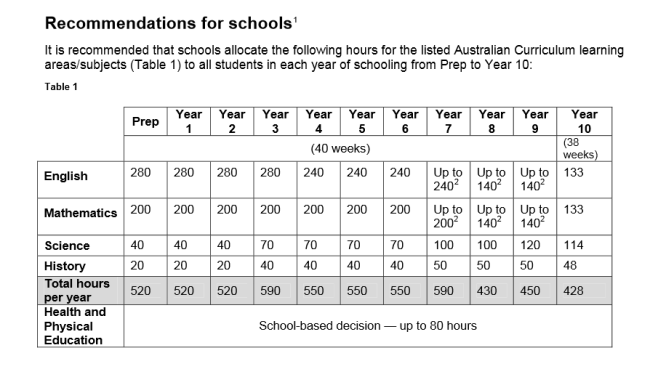Bring on yet another assignment. I have been fortunate enough to be granted an extension for Assignment 2 in EDC 3100. Yippee!
Our Study Desk Task for the module I’m up to right now (and yes I am behind but surely I’m not the only one??) is to share our Assignments context, learning objectives and the assessment criteria I’ll be using. So here goes, keeping in mind this is the first time I have properly sat down to it.
Year 4 Science
Context: (Text from my assignment so far)
“The students at Beachside Primary School are from a mostly medium socio-economic background as with a majority of the medium sized school. This class is comprised of 24 students with an even amount of male and females. There are two Indigenous students within the class who are leaders within their school and community.
One of the school’s main focus points is on technology. Each and every student is supplied with their own laptop and intranet access (internet made available when appropriate). Students also have easy access to other digital technologies such as iPads, MP3 devices, cameras and recorders and are mostly confident with basic computer and internet skills due to recent personal development and training during school. Interactive whiteboards are set up in each class and teachers are all confident in this technology due to Personal Development and training courses.”
Special Events: ** yet to be tweaked* “Clean up Australia Day, Cyber Awareness Week, Excursion to the beach?*”
.
Staff: “Team of three year 4 teachers: Miss D, Mrs T and Mr J each with different strengths and interests: ICT & Mathematics, English & Art, Science & Sport. The three teachers sometimes work together to team teach. There are also two teacher aides to assist groups of students who are struggling with the work.”
Learning Objectives:
- Living things have life cycles (ACSSU072)
- Living things, including plants and animals, depend on each other and the environment to survive (ACSSU073)
- Suggest ways to plan and conduct investigations to find answers to questions (ACSIS065)
Assessment Criteria:
Still a little fuzzy on this..
I’ve managed to locate this lot of information and narrowed some down. I will check back over this soon as I don’t think I’ve got it right.
By the end of Year 4, students:
Can describe relationships that assist the survival of living things and sequence key stages in the life cycle of a plant or animal.
Identify when science is used to ask questions and make predictions.
Follow instructions to identify investigable questions about familiar contexts and predict likely outcomes from investigations.
Use provided tables and simple column graphs to organise their data and identify patterns in data.
Suggest explanations for observations and compare their findings with their predictions.
Complete simple reports to communicate their methods and findings.
Websites:

